***This article originally appeared in Animation Magazine’s 2021 International Education & Career Guide***
Forget those quaint images of college life, with students chatting amidst scattered notebooks and endless cups of coffee. During the COVID pandemic, academic life has had to be quickly re-imagined: drawing classes became Zoom-fests, while stop-motion stages fell silent. And the challenges continue — one rejiggered semester at a time.
Savannah College of Art and Design
“Last March, when the whole U.S. came to a standstill, we were just ending our winter quarter,” recalls Chris Gallagher, Animation Chair at SCAD. “We had to pivot very fast to all-virtual Zoom classes.” SCAD has offered eLearning to graduate students, but not undergraduates at campuses in Savannah and Atlanta, Georgia. “For them, we adopted a virtual setting that was synchronous,” explains Gallagher. “Classes were taught at the usual time. It wasn’t a matter of, ‘Go watch my video.’” (Although sessions were archived for reference.)
Gallagher admits that the synchronous model is challenging for the school’s foreign students. “We have some in China who wake up at 2 a.m. to take our classes. They want that connection, although they can watch the recordings later and learn asynchronously.”
To help students adapt, Gallagher recommends that they switch to Zoom’s grid view during classes. “Instead of just looking at me. they can watch other people — and see who’s doodling. And I can tell who’s not paying attention.” As students get more comfortable, they can allow teachers to take over their screens and provide hands-on critiques. But he notes that some — especially freshman — need a greater sense of connection to jump-start their college careers. “Remember, they’re just one step beyond high school.”
For this reason, SCAD offers what Gallagher calls ‘hybrid classes,’ combining in-person and virtual instruction. For example, animation history and introductory courses are offered in 200-person auditoriums, but attendance is limited to 12 students. In the computer animation labs, 20-person sessions have been scaled down to 10, with every other computer monitor removed. Students can also log in remotely to access software like Nuke and Katana.
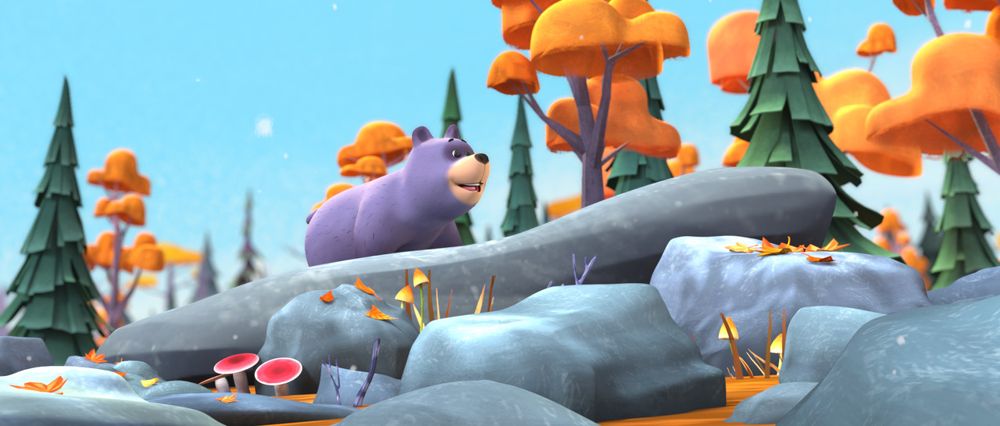
Despite the pandemic, SCAD undergrads managed to complete a collaborative film called Bearly, which mixes 2D and 3D animation. “This year, we’ve pivoted to making a 2D film and a 3D film in parallel.”
One discipline undercut by the pandemic was motion capture. “It’s on hold, in terms of students getting into the suit and learning how to calibrate it,” says Gallagher. “They can access a large library of data from past classes that they can use to learn the skills of retargeting and putting data into game engines.”
Stop-motion classes were also hard-hit. “Some students were making maquettes and mailing them back and forth to their counterparts,” Gallagher recalls. Once SCAD’s fabrication equipment and shooting stages were reopened, students could reserve spaces – but never more than six at a time.
Gallagher believes that overcoming these challenges has a silver lining: “Students will be ready to step into a world where the professionals have to work this way, too.”
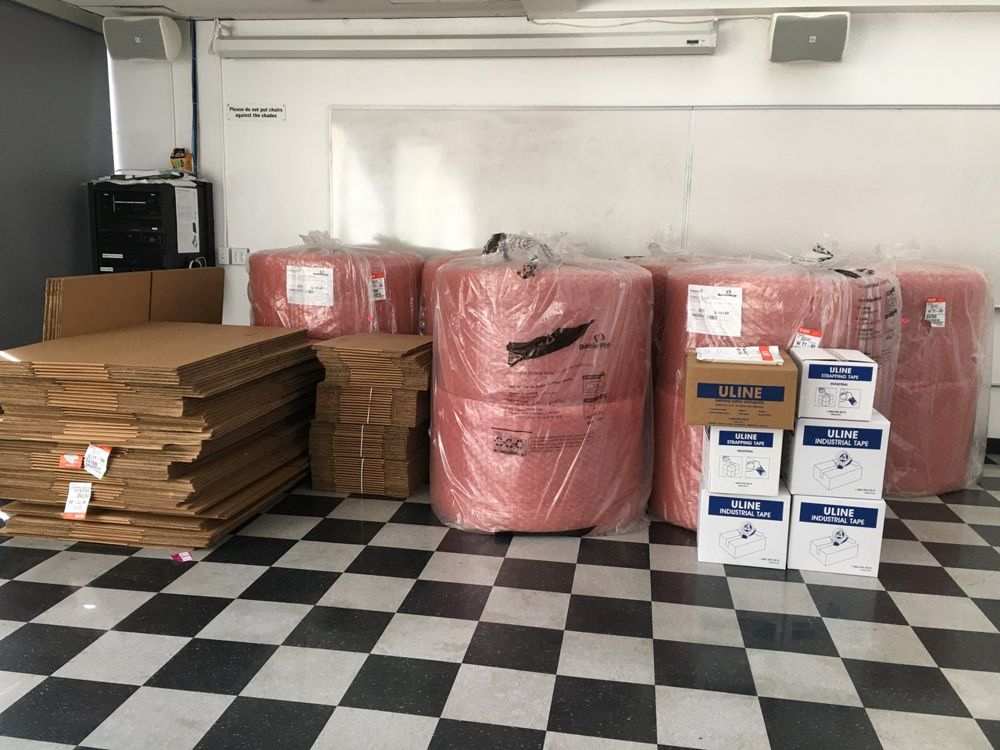
California Institute of the Arts
When the pandemic shut down the CalArts campus in Valencia last March, its staff quickly suspended planning for the school’s famed Spring showcases of student films. They turned attention to something they’d never done before. “We ripped apart our labs and mailed computers and Cintiqs to all our students in the continental U.S.,” recalls Maija Burnett, who directs the Character Animation Program. “Our teachers only had a week to plan the rest of the term.”
One year later, the school’s showcases of student films are still just streaming online, while plans for live screenings remain on hold. CalArts has developed a tech program where students can request a laptop, iPad, stylus and all the software they need to work remotely. “So educationally, things have gone as well as possible,” says Burnett. “Although students are communicating a lot through Instagram and other channels, the social aspect of education has been harder. They miss being together.”
Burnett, who also teaches Flash animation classes, continues to confront the challenge of mitigating ‘Zoom fatigue.’ “I know that three hours on Zoom isn’t a good idea. So I teach one hour with the whole class, and the rest of the time I hold small group meetings where individual students can share their screens and receive more personalized feedback.”
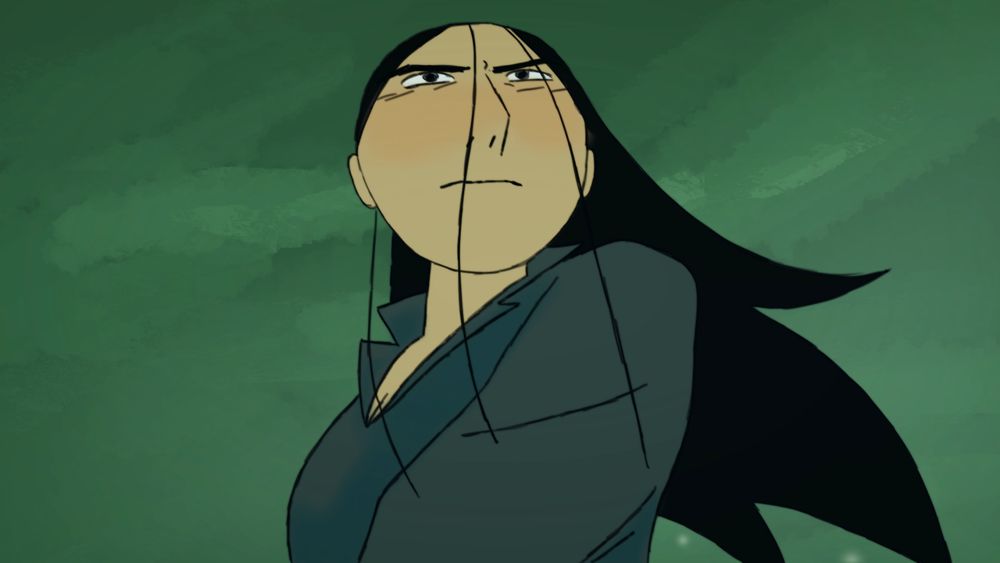
As she mulled over ways to broaden the remote class experience, Burnett reached out to students attending Gobelins in Paris, which has a longstanding exchange program with CalArts. “We ended up meeting online Mondays at 9 a.m., which is 6 p.m. for them. We even had a student in Korea who stayed up really late!”
Burnett expects that as this spring semester unfolds, the traditional opportunities for students to show their work to studios will improve beyond what was possible last year. “In 2020, internships were really impacted because things shut down just as studios would normally be making their choices. This year, even though things are still virtual, students will be able to have interviews.”
“I wouldn’t be surprised if, by the end of this pandemic, there are more opportunities.” She thinks that so many people being isolated in their homes has fed the growth of streaming shows and will grow the field of animation. “This has been a situation that we wouldn’t wish on anybody, but there are some positive aspects that we haven’t seen before.”
Ringling College of Art and Design
The challenges of teaching animation during the pandemic became really personal – very quickly – at Ringling, where about 80 percent of students live on its campus in Sarasota, Florida. “We were one of the earlier campuses to close in March,” says Jim McCampbell, who has guided Ringling’s Computer Animation Program for 25 years. “Then we worked all summer on our strategy for how we could deliver in the fall semester.”
About two-thirds of the students returned to campus at that time, which is notable for a college that draws from 56 countries. Ringling issued each student a laptop and Wacom studio pro hardware, so they were equipped to participate remotely, reports McCampbell. “We use a system here called RGS (Remote Graphics Software) that HP makes,” he explains. “I understand that was the technology that NASA used to beam back images from the Mars mission. Students can log in and harness the power of that machine, which for us is 256 GB of ram. A student’s laptop becomes a conduit through which they could work as if they were here.”

McCampbell, who teaches Senior 3D Animation, sees an interesting upside to remote learning. “Only one person at a time can talk, so everyone has to be more respectful.” Students logging in from Asia are preferring early morning classes, to avoid 3 a.m. start times, he notices. “To which I say, ‘You stay up all night anyway, so I don’t see the problem.’”
Ringling’s small class sizes — averaging seven students — make in-person, socially distanced learning feasible. “For 3D Animation, they have a choice of learning in-person or remotely,” McCampbell explains. “Story Development and Visual Development are taught only remotely. Of course, even if they’re on campus, they’re in their dorm rooms.”
McCampbell is concerned that social distance can turn into emotional distance, and erode students’ enjoyment of Ringling’s artistic community. But he’s glad that technology allows many teachers to adapt their curriculum to the pandemic’s demands. “It’s not like we’re teaching cosmetology!”
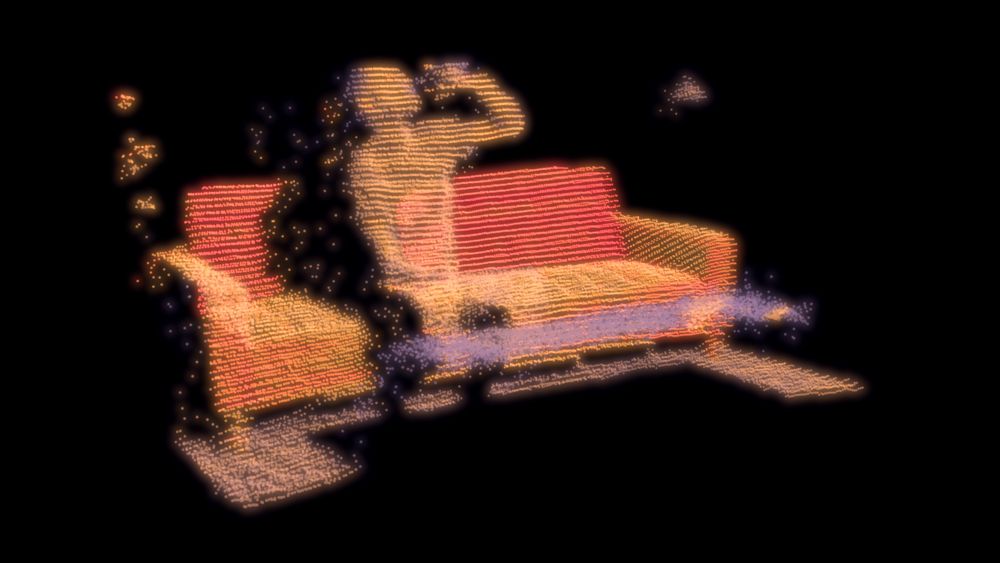
University of Southern California
USC’s location in the entertainment industry mecca of Los Angeles has always been a draw for fledgling artists worldwide. Sheila Sofian, a professor at the university’s John C. Hench Division of Animation and Digital Arts, has continued to teach students from freshman to senior year during this pandemic. “In the spring of last year, we had to switch to online classes in the middle of the semester,” she recalls. “The documentary animation class that I teach was making a collaborative film, and we had to finish it remotely.”
Since Sofian’s students returned to home countries as far flung as China and Brazil, she had to juggle class times to accommodate their time zones. “Some teachers allow students to attend asynchronously, because we record our classes. But in my collaborative classes, they have to work together.”
Like so many teachers, Sofian delved into learning more online tools herself. “No teacher had a summer last year! I had to figure out how to do a collaborative storyboard online, and how to record audio through Zoom.” She directed her students to ScreeningRoom.org to review their work and play it back frame by frame. She used Google Drive and Blackboard to post student work, and they messaged each other via Slack. Sofian also used breakout rooms on Zoom so the 15 students in her documentary animation production class could collaborate efficiently.

Fortunately, Sofian discovered several international Facebook sites that offer ideas from other teachers (sporting names like Pandemic Pedagogy and Higher Ed and the Coronavirus.)
Sofian feels particular empathy for her senior students, who are trying to finish their final films and get seen by potential employers. She has signed these students up with alumni mentors and introduced them to pros who could offer advice. “A lot of companies initially stopped offering internships, but they’ve slowly ramped back up. People in the animation industry are seeing opportunities. Remote technology is only getting better, and many companies are already working remotely. When you have restrictions, it forces you to be more creative.”

School of Visual Arts
SVA, in the heart of New York City, bore the brunt of the pandemic’s first wave in the U.S., and it arrived not long after Hsiang Chin Moe became Chair of the school’s BFA Animation program. “We went online last March 16, which gave our faculty and staff about two days to prepare,” she recalls. “We had to figure out how to help students who had gone home, or were in the process of going home.”
Alongside her role leading a program with an enrollment of around 400 students worldwide, Hsiang teaches a thesis class for 86 students. “Since it is on Zoom, I’m not at the podium. The teacher is just another square, so it’s interesting that we appear like equals on this platform. I actually ended up having great discussions with students about camera angles!”
“We made a decision that we’re not an online school,” says Hsiang. “We couldn’t just record our lectures and put them online. We really care about a synchronous component. So last summer, we took our schedules apart and created sections for classes of students in different time zones.” Since SVA’s 51 teachers in this program are typically working professionals, Hsiang admits, “It was really a great puzzle to solve.”
“A silver lining of the pandemic is that we can have teachers working remotely from L.A. and thesis advisors from Canada and Europe,” says Hsiang. “That normally wouldn’t happen. We also have alumni reaching out to us and offering to talk online to our students.”
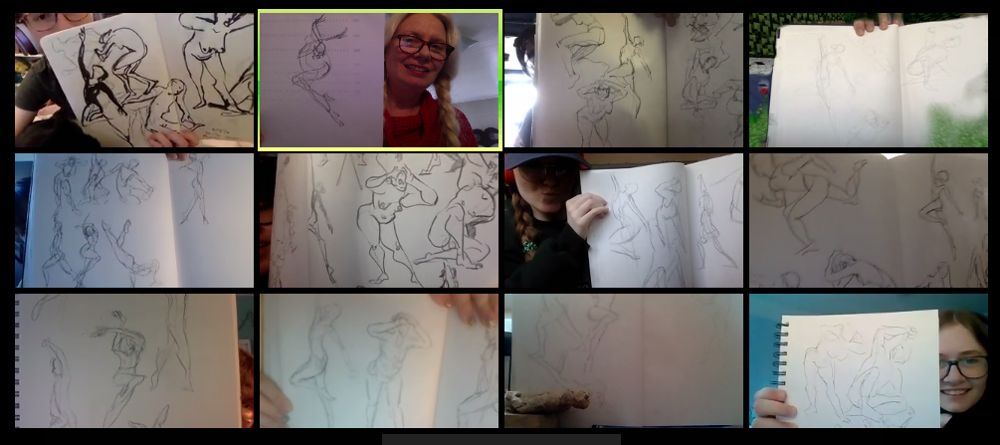
At SVA’s Manhattan facilities, the animation labs remain open, but students can only request access to work for two hours at a time; then they have to leave for an hour while the air recirculates.
Hsiang believes that having to pivot to other ways of working has prompted some unexpected solutions. “I wanted to offer a course that was hands-on, and an alumna from our Master’s Program came up with a four-week workshop for 2D and 3D animation students called Paper Story. She taught them how to make paper puppets using materials in their homes. She also brought in a character animator from Isle of Dogs, and showed the students an app for their phones called iMotion to make their puppets move.”
At the end of her first year as Chair, Hsiang admits, “I thought I’d be shaking students’ hands in a ceremony at Radio City Music Hall. I never imagined I’d be doing my speech in Minecraft! The pandemic taught us that the way we’ve been doing things for years isn’t the only way.”
Ellen Wolff is an award-winning Southern California-based writer who specializes in animation, VFX and education.


![CalArts Character Animation students draw in their school gallery in pre-COVID times. [Photo: Rafael Hernandez] CalArts Character Animation students draw in their school gallery in pre-COVID times. [Photo: Rafael Hernandez]](https://www.animationmagazine.net/wordpress/wp-content/uploads/Rafael-Hernandez.jpg)

 Win a Funko X Lilo & Stitch Prize Pack!
Win a Funko X Lilo & Stitch Prize Pack!

